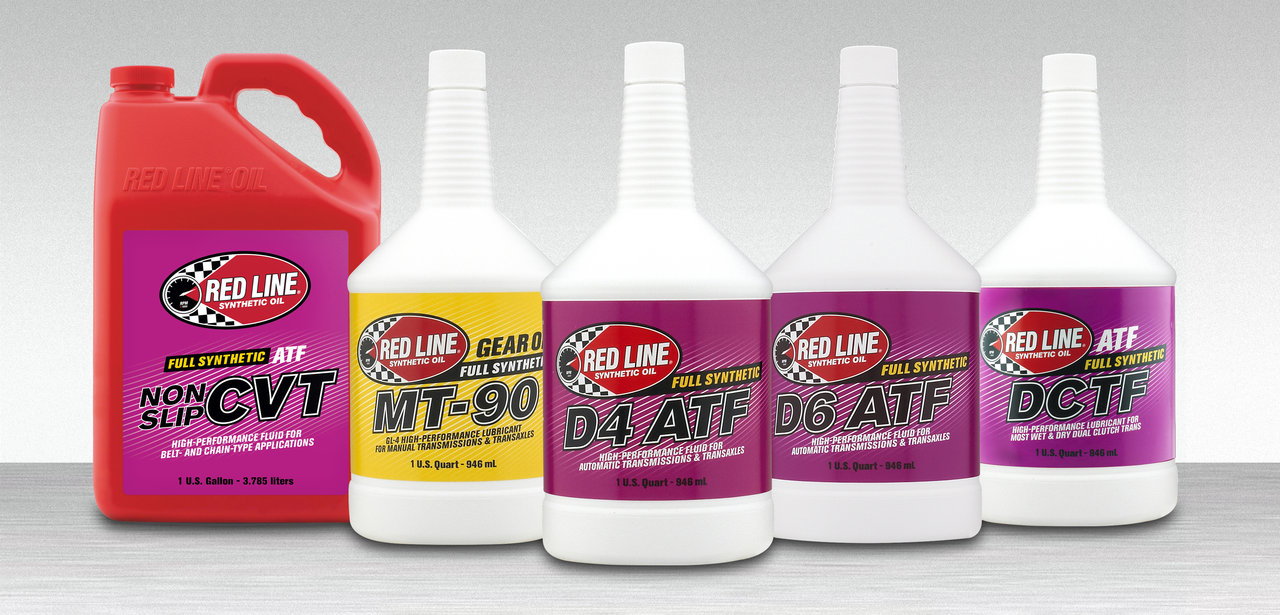
The lubricants used in a gearbox play a critical role in the operation, life cycle and performance of any transmission. Increasingly manufacturers are prescribing ‘life time fluids’ which often give stiff shifting, excessive wear, and noise if left unchanged. So here is what you need to know to get the best out of your box!
Know your ratings
The American Petroleum Institute set the recommendations for oil manufactures to follow, these ratings generally control the viscosity parameters and additive content for all oils produced for the automotive market. The two most common categories are:
GL-4, designates the type of service characteristic of spiral-bevel and hypoid gears in automotive axles operated under moderate speeds and loads. Commonly used in Syncro-mesh manual transmissions and transaxles.
GL-5, designates the type of service characteristic of gears, particularly hypoids in automotive axles under high-speed and/or low-speed, high-torque conditions. Commonly used in differentials and dog/straight cut gearboxes.
The chemistry
Let’s start with the elephant in the room, Base Stocks. Not something all lubricant producers readily publish or would like you to know! There are three main classes, Group 3, Group 4 & Group 5.
Group III: A refined Mineral Oil that is listed as a semi-synthetic or even fully synthetic by some lubricant producers. Conventional mineral oils contain greater amounts of impurities, such as sulfur, reactive and unstable hydrocarbons, and other undesirable contaminants that cannot be completely removed by conventional refining of crude oil.
Group IV: A true synthetic blended in a laboratory to achieve the intended end product with little compromise. Known as polyalphaolefins (PAOs) they are found in the majority of high performance oil’s available on the market, a broader temperature range and stronger film strengths mean these products are well suited performance applications.
Group V: Specifically ester base stocks, originally designed for use in jet engines due to extreme temperature stability and film strength. Ester base stock are extremely well suited to automotive lubrication due to the natural multi-grade properties, this eliminates the use of thickeners which become unstable with temperature.

Base stocks often determine the quality of the finished product and inevitably the price, as with everything you get what you pay for and there are many benefits of Group 5 synthetic oil:
- Synthetic oils stay much more fluid in low temperatures and start up
- Oil stability is greatly improved in synthetic oils during high temperatures
- Synthetic oils maintain much greater stability through the viscosity range
- Reduced oxidation over time means synthetic oils can operate for extended drain intervals
- Greater wear protection under higher loads and speeds
- Reduced friction throughout the drivetrain resulting in a more efficient package
Additives
Automotive lubricants are blended with an additive package, the additives determine the characteristics of the lubricants operation and can be altered for different applications.
A common anti-wear additive used is Zinc dialkyldithiophosphate (ZDDP). This type of additive literally reacts with the metal surface when the reaction energy (temperature) is high enough. The reaction layer provides sacrificial surface protection.
Extreme Pressure additives (EP) are used as the loading and metallic contact increase, the strength of the additive and reaction process increases. This leads to the use of a sulfur-phosphorus based extreme pressure chemical. The EP additives form organo-metallic salts on the loaded surfaces that serve as sacrificial films to protect against aggressive surface damage. Extreme pressure additives are used in oils to reduce the adhesive wear of gears and absorb the shock of the moving components making contact. EP additives create a barrier or film between the moving parts, its chemistry means the oil clings on to moving parts.
Not all oils are built the same
Although each automotive lubricant brand has access to the same chemistry most products are compromised by requirements such as emissions, efficiency and ultimately legislation. Red Line Oil is different, when we blend our oils the brief is always performance. We exceed the manufacturer’s recommendations because we know you push the limits of your cars capability.
Red Line Synthetic oil is blended with the highest grade of base stock and some of the best additive packages at the correct quantities.



